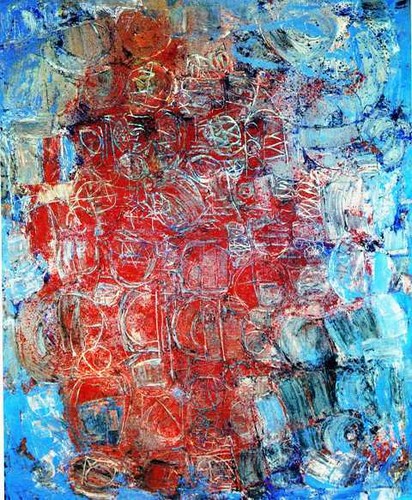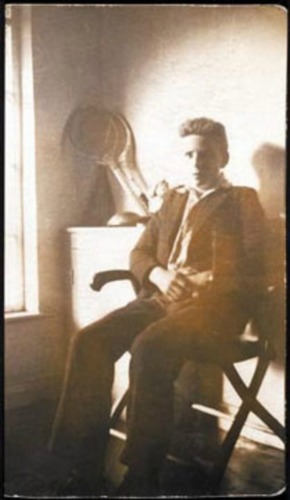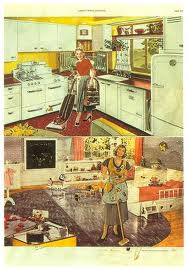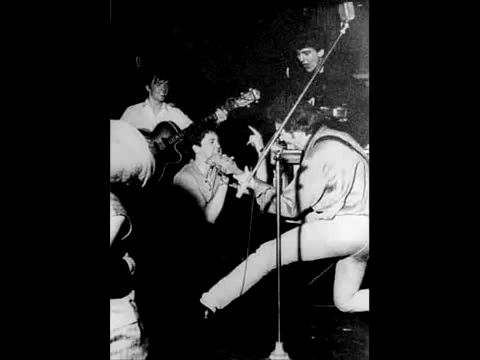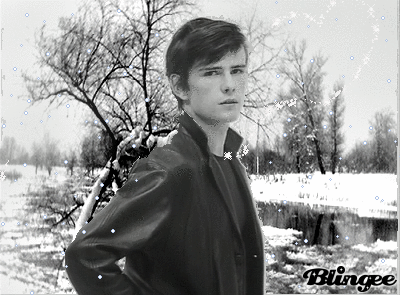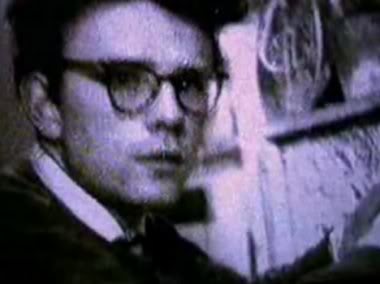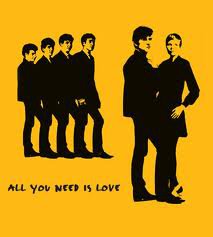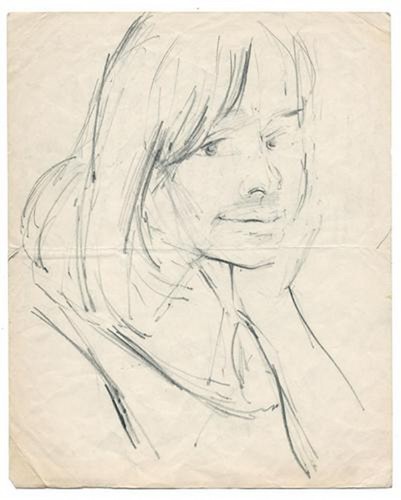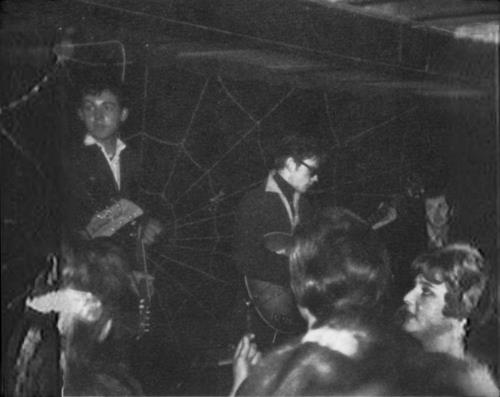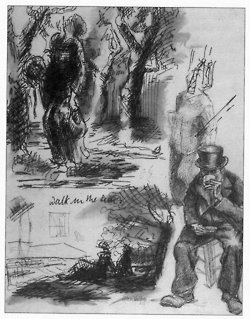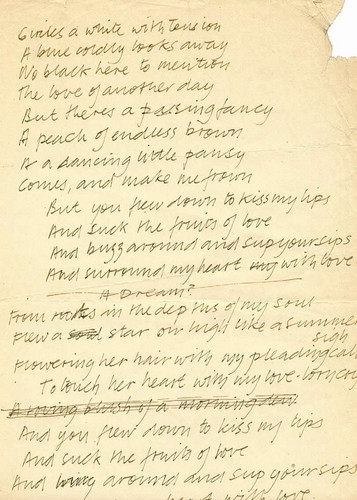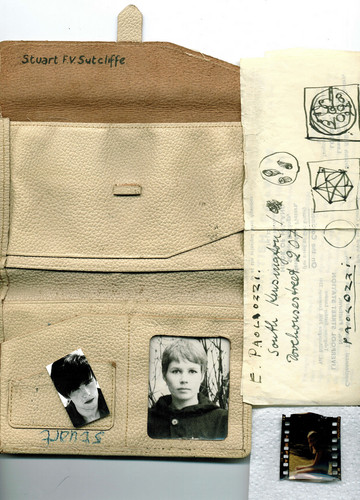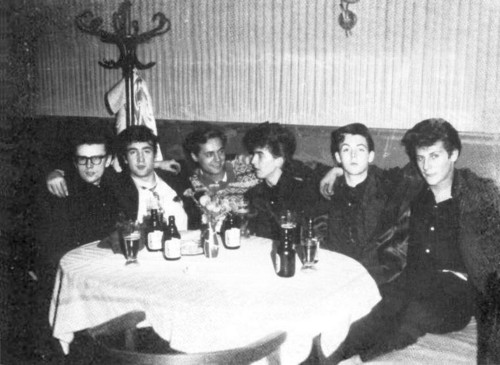The campaign, started by Gene Grimes of Liverpool to name Liverpool streets after Pete Best, Stuart Sutcliffe and Brian Epstein. Liverpool now has Pete Best Drive and Casbah Close, plus the Epstein Theatre. Now we only need to recognise Stuart's contribution to Liverpool
We need your support.
link
Please Join, they named after Epstein and Best, all is left now is Stuart so please DO support him. Thank you.
Stuart's Bio:
Stuart Fergusson Victor Sutcliffe (23 June 1940 – 10 April 1962) was an English artist and musician, best known as the original bass player of The Beatles. Sutcliffe left the band to pursue a career as an artist, having previously attended the Liverpool College of Art. Sutcliffe and John Lennon are credited with coming up with the name "The Beatles", as they both liked Buddy Holly's band, The Crickets. As a member of the group when it was a five-piece band, Sutcliffe is one of several people sometimes referred to as the "Fifth Beatle".
When The Beatles played in Hamburg, he met photographer Astrid Kirchherr, to whom he was later engaged. He later enrolled in the Hamburg College of Art after leaving The Beatles, and studied under future pop art artist, Eduardo Paolozzi. He earned praise for his paintings, which mostly explored a style related to abstract expressionism. In 1962, Sutcliffe collapsed in the middle of an art class in Hamburg after complaining of head pains. German doctors performed various checks on him, but were unable to determine exactly what was causing the headaches. On 10 April 1962, he was taken to hospital, but died in the ambulance on the way.
Sutcliffe displayed artistic talent at an early age.[6][49] Helen Anderson (a fellow student) remembered his early works as being very aggressive, with dark, moody colours, which was not the type of painting she expected from such a "quiet student".[9] One of Sutcliffe's paintings was shown at the Walker Art Gallery in Liverpool as part of the John Moores exhibition from November 1959 until January 1960. After the exhibition, Moores bought Sutcliffe's canvas for £65, which was then equal to 6–7 weeks' wages for an average working man.[13] The picture Moore bought was called Summer Painting, and Sutcliffe attended a formal dinner to celebrate the exhibition with another art student, Susan Williams.[50] Rod Murray remembered that the painting was painted on a board, not a canvas, and had to be cut into two pieces (because of its size) and hinged. Murray added that only one of the pieces actually got to the exhibition (because they stopped off in a pub to celebrate) but sold nonetheless because Moores bought it for his son.[51]
Sutcliffe was turned down when he applied to study for an ATD (Art Teachers Diploma) course at the Liverpool Art College,[41] but after meeting Kirchherr, he decided to leave The Beatles and attend the Hamburg College of Art in June 1961, under the tutelage of Paolozzi, who later wrote a report stating that Sutcliffe was one of his best students.[36][52][53] He wrote: "Sutcliffe is very gifted and very intelligent. In the meantime he has become one of my best students."[4]
Sutcliffe's few surviving works reveal influence from the British and European abstract artists contemporary with the Abstract Expressionist movement in the United States. His earlier figurative work is reminiscent of the kitchen sink school, particularly of John Bratby, though Sutcliffe was producing abstract work by the end of the 1950s, including The Summer Painting, purchased by Moores.[54] Sutcliffe's works bear some comparison with those of John Hoyland and Nicolas de Staël, though they are more lyrical (Sutcliffe used the stage name "Stu de Staël" when he was playing with The Beatles on a Scottish tour in spring 1960). His later works are typically untitled, constructed from heavily impastoed slabs of pigment in the manner of de Staël, whom he learned about from Surrey born, Art College instructor, Nicky Horsfield, and overlaid with scratched or squeezed linear elements creating enclosed spaces. Hamburg Painting no. 2 was purchased by Liverpool's Walker Art Gallery and is one of a series entitled "Hamburg" in which the surface and colour changes produced atmospheric energy. European artists (including Paolozzi) were also influencing Sutcliffe at the time. The Walker Art Gallery has other works by Sutcliffe, which are "Self-portrait" (in charcoal) and "The Crucifixion".[56][57] Lennon later hung a pair of Sutcliffe's paintings in his house (Kenwood) in Weybridge, and McCartney had a Paolozzi sculpture in his Cavendish Avenue home.
We need your support.
link
Please Join, they named after Epstein and Best, all is left now is Stuart so please DO support him. Thank you.
Stuart's Bio:
Stuart Fergusson Victor Sutcliffe (23 June 1940 – 10 April 1962) was an English artist and musician, best known as the original bass player of The Beatles. Sutcliffe left the band to pursue a career as an artist, having previously attended the Liverpool College of Art. Sutcliffe and John Lennon are credited with coming up with the name "The Beatles", as they both liked Buddy Holly's band, The Crickets. As a member of the group when it was a five-piece band, Sutcliffe is one of several people sometimes referred to as the "Fifth Beatle".
When The Beatles played in Hamburg, he met photographer Astrid Kirchherr, to whom he was later engaged. He later enrolled in the Hamburg College of Art after leaving The Beatles, and studied under future pop art artist, Eduardo Paolozzi. He earned praise for his paintings, which mostly explored a style related to abstract expressionism. In 1962, Sutcliffe collapsed in the middle of an art class in Hamburg after complaining of head pains. German doctors performed various checks on him, but were unable to determine exactly what was causing the headaches. On 10 April 1962, he was taken to hospital, but died in the ambulance on the way.
Sutcliffe displayed artistic talent at an early age.[6][49] Helen Anderson (a fellow student) remembered his early works as being very aggressive, with dark, moody colours, which was not the type of painting she expected from such a "quiet student".[9] One of Sutcliffe's paintings was shown at the Walker Art Gallery in Liverpool as part of the John Moores exhibition from November 1959 until January 1960. After the exhibition, Moores bought Sutcliffe's canvas for £65, which was then equal to 6–7 weeks' wages for an average working man.[13] The picture Moore bought was called Summer Painting, and Sutcliffe attended a formal dinner to celebrate the exhibition with another art student, Susan Williams.[50] Rod Murray remembered that the painting was painted on a board, not a canvas, and had to be cut into two pieces (because of its size) and hinged. Murray added that only one of the pieces actually got to the exhibition (because they stopped off in a pub to celebrate) but sold nonetheless because Moores bought it for his son.[51]
Sutcliffe was turned down when he applied to study for an ATD (Art Teachers Diploma) course at the Liverpool Art College,[41] but after meeting Kirchherr, he decided to leave The Beatles and attend the Hamburg College of Art in June 1961, under the tutelage of Paolozzi, who later wrote a report stating that Sutcliffe was one of his best students.[36][52][53] He wrote: "Sutcliffe is very gifted and very intelligent. In the meantime he has become one of my best students."[4]
Sutcliffe's few surviving works reveal influence from the British and European abstract artists contemporary with the Abstract Expressionist movement in the United States. His earlier figurative work is reminiscent of the kitchen sink school, particularly of John Bratby, though Sutcliffe was producing abstract work by the end of the 1950s, including The Summer Painting, purchased by Moores.[54] Sutcliffe's works bear some comparison with those of John Hoyland and Nicolas de Staël, though they are more lyrical (Sutcliffe used the stage name "Stu de Staël" when he was playing with The Beatles on a Scottish tour in spring 1960). His later works are typically untitled, constructed from heavily impastoed slabs of pigment in the manner of de Staël, whom he learned about from Surrey born, Art College instructor, Nicky Horsfield, and overlaid with scratched or squeezed linear elements creating enclosed spaces. Hamburg Painting no. 2 was purchased by Liverpool's Walker Art Gallery and is one of a series entitled "Hamburg" in which the surface and colour changes produced atmospheric energy. European artists (including Paolozzi) were also influencing Sutcliffe at the time. The Walker Art Gallery has other works by Sutcliffe, which are "Self-portrait" (in charcoal) and "The Crucifixion".[56][57] Lennon later hung a pair of Sutcliffe's paintings in his house (Kenwood) in Weybridge, and McCartney had a Paolozzi sculpture in his Cavendish Avenue home.


